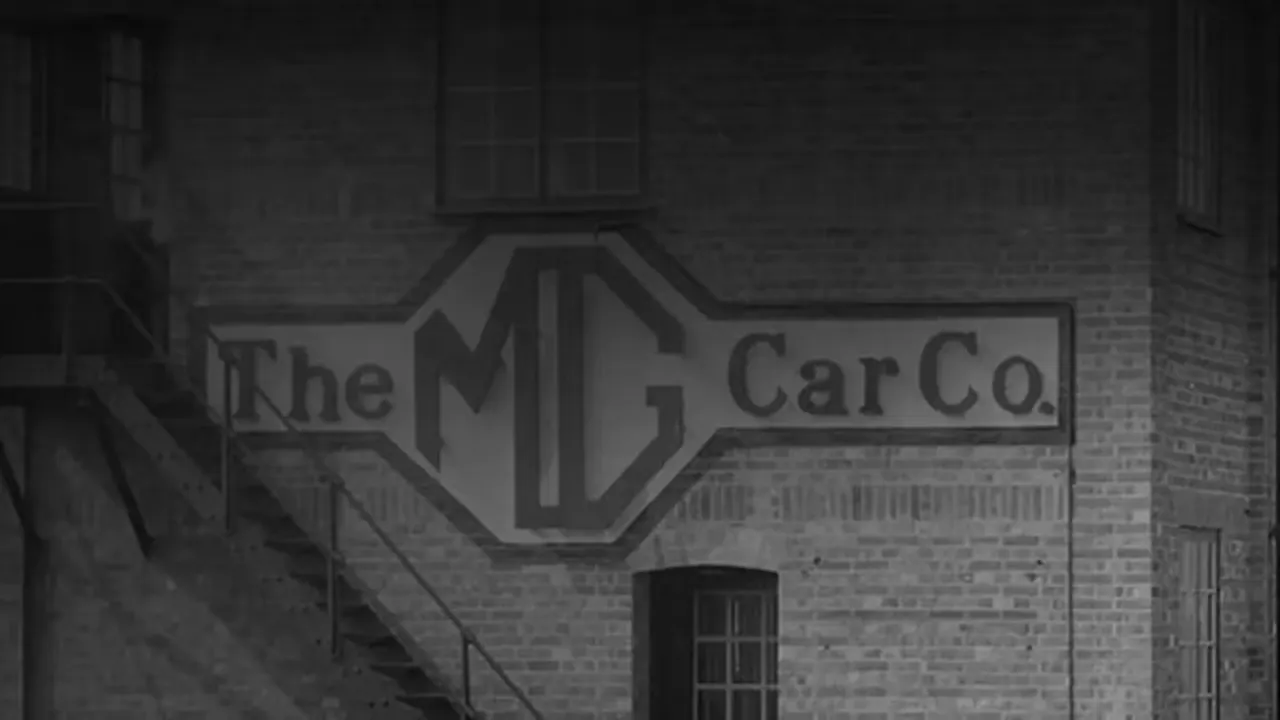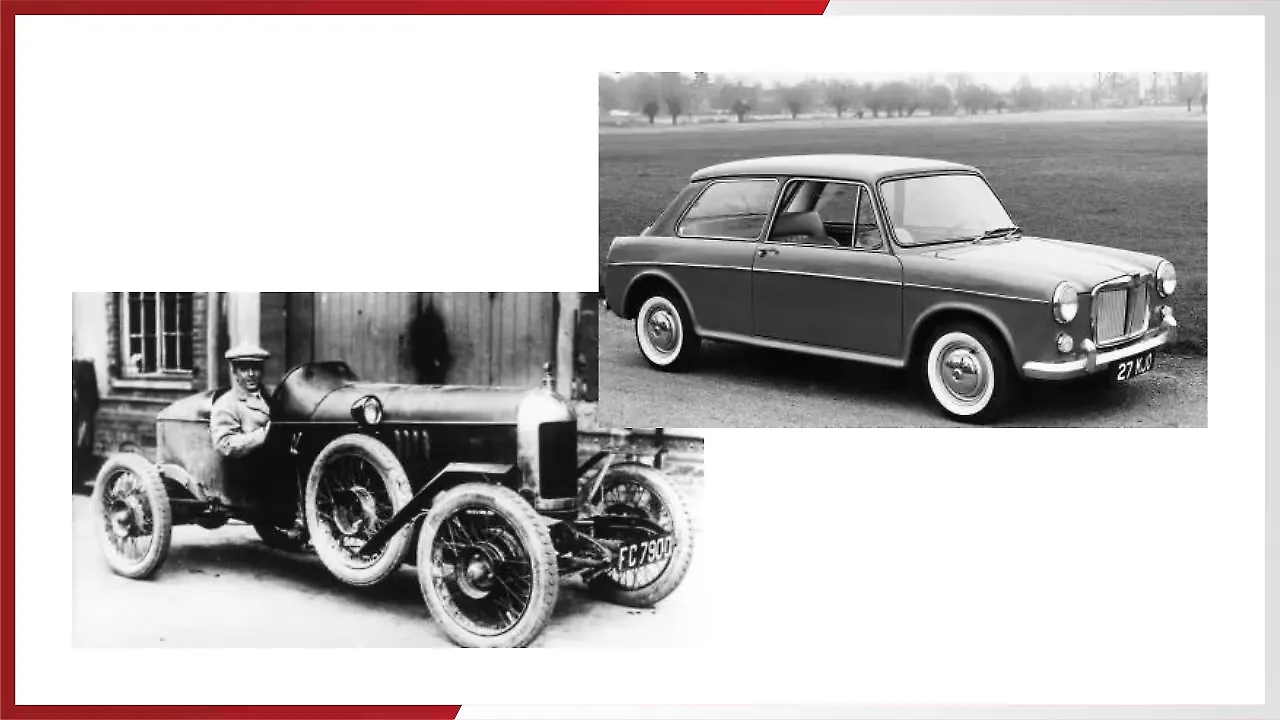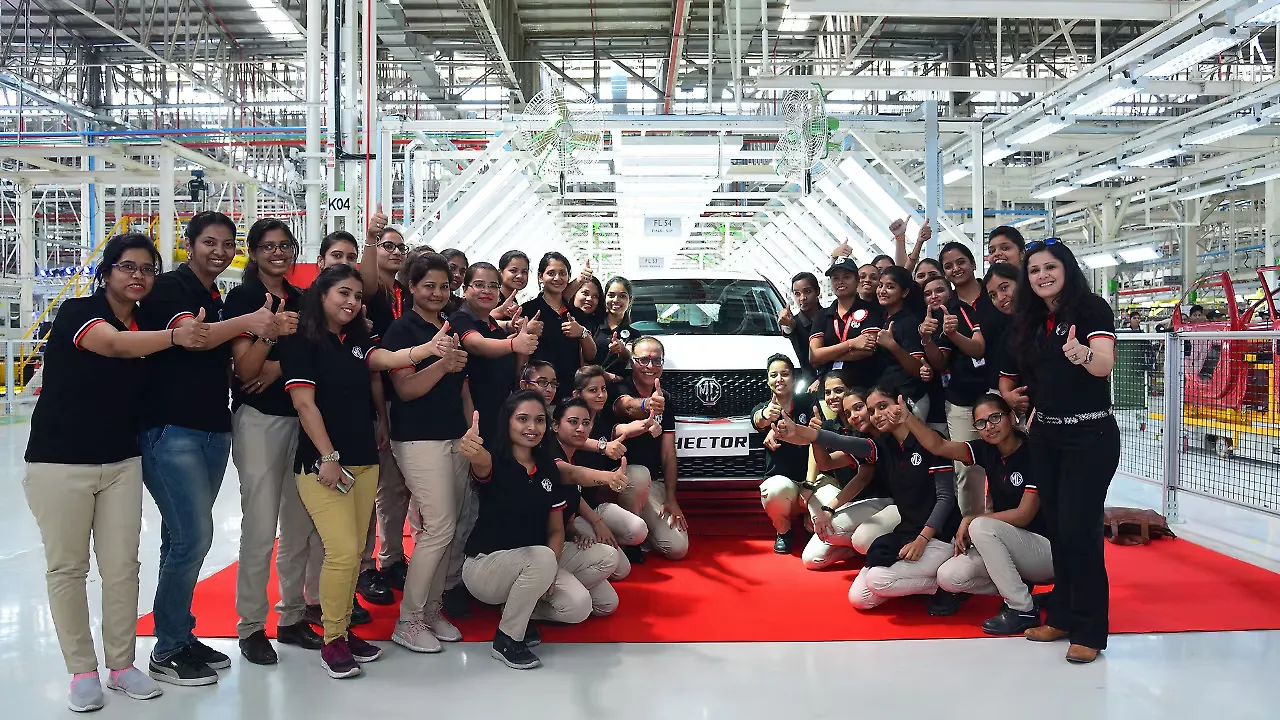
Change is the only constant, and rightly so. In this fast-evolving world, everyone has to keep up with the changing times to stay relevant. That's why we see so many OEMs disappearing from the world just as they couldn’t keep up with the change.
However, many traditional vehicle makers are still going strong in the market as they are open to change. One such OEM is MG Motors, founded in 1924 in a garage in Oxford by Cecil Kimber. That’s where the name Morris Garages comes from, and this year it is celebrating its 100 years of existence in 2023.
The Beginning
MG started as a sports car division of Morris Cars and caught the general public's attention in 1924 with the first model of the series: the MG 14/28, which notched a top speed of 65 mph. However, Kimer’s vision was to create smaller, faster and fun to drive cars which is where the idea of the first MG sports car: the Old Number One came in. Later in 1929, MG Midget was launched, which wore the “people’s sports car' tag.
The trend for lightweight, small and fun-to-drive cars continued at MG for a while before the second phase of MG kicked in. In between, the British vehicle marker also showcased the EX181, known as the Roaring Raindrop, to set a new land speed record. Legendary driver Sir Stirling took it to the record-breaking speed of 245.64mph (395.31 kmph) on the Bonneville Salts flats in 1957. Then two years later, it broke that record reaching 254.91 mph (410.23 kmph) when driven by fellow F1 racer Phil Hill.
In the company's second phase, MG’s focus shifted to family vehicles, with the first being the MGB roadster, which was the first MG to use monocoque construction. It was followed by several models like the MGB GT V8, which had the 3.5L Rover V8 engine, MG Metro and many more before the company went into bankruptcy in 2000.

The company’s third phase of the journey started with China-based SAIC taking over the rights for MG in 2005. The first product under the SAIC-owned MG was the MG6 GT, a four-door hatchback. The company says that the MG6 GT and Magnette preceded the aesthetics of the next generation of MG products. Over the years, the new MG launched multiple new products mainly focused on family-oriented customers, which was a strong departure from the original MGs.
Difference Phases Of Passing The Baton
MG Cars began as a sales promotion subsidiary of Morris Garages, a retail sales and repair operation in Oxford owned by William Morris. Kimber, the company's manager, modified ordinary production Morris Oxfords and placed an MG Super Sports plate to the nose of the car. In July 1930, the M G Car Company was formed. Morris kept it as his personal property until July 1, 1935, when he transferred it to his holding company, Morris Motors.
Over the years, MG's ownership changed several times. In 1952, Morris' Nuffield Organisation combined with Austin to form the British Motor Corporation (BMC). In 1967, it was renamed the MG Division of BMC, and it was a component of the 1968 merger that formed British Leyland Motor Corporation (BLMC).
The MG marque was retained by BLMC's successors: British Leyland, the Rover Group, and, by the beginning of 2000, the MG Rover Group, which went into receivership in 2005. Nanjing Automobile Group (which merged into SAIC in 2007) purchased the MG marque and other MG Rover assets. In 2007, MG manufacturing resumed in China.

India Journey
There is a new contender in the race to own MG, especially for the Indian operations. The company’s journey in India started in 2018 with the launch of the Hector, followed by the ZS EV, Gloster, Astor and the latest one being, the Comet EV.
For Indian operations, MG has a plant in Halol with an installed capacity of 1.25 lakh vehicles per year. However, with the increase in demand in the Indian automotive space, the maximum capacity will soon be reached. Meanwhile, SAIC being a Chinese brand, new investments in India are highly unlikely, given the geo-political situation between India and China. This is why MG Motor India is looking for support from Indian investors.
According to sources, Sajjan Jindal, Chairman of the JSW Group, will purchase a 45-48% share in MG Motor, with 5-8% reserved for local dealers and staff. SAIC Motor Corp, the Chinese parent company, will be a minority shareholder with a 49% interest. Talks seem to have begun between the two sides, and if all goes well, the firm will be run by Sajjan Jindal's private company rather than JSW Steel.
Also Read